Open source databases are database applications that have open source codebases. These databases are free to download, modify, and reuse. Open source database software allows developers to build apps on existing database technology.
This aspect makes these DBs cost-effective and allows organizations to leverage the latest data management innovations.
This article looks at some of the best open source database software you can use for your project in 2023.
9+ Open Source Database Software
1. ClickHouse
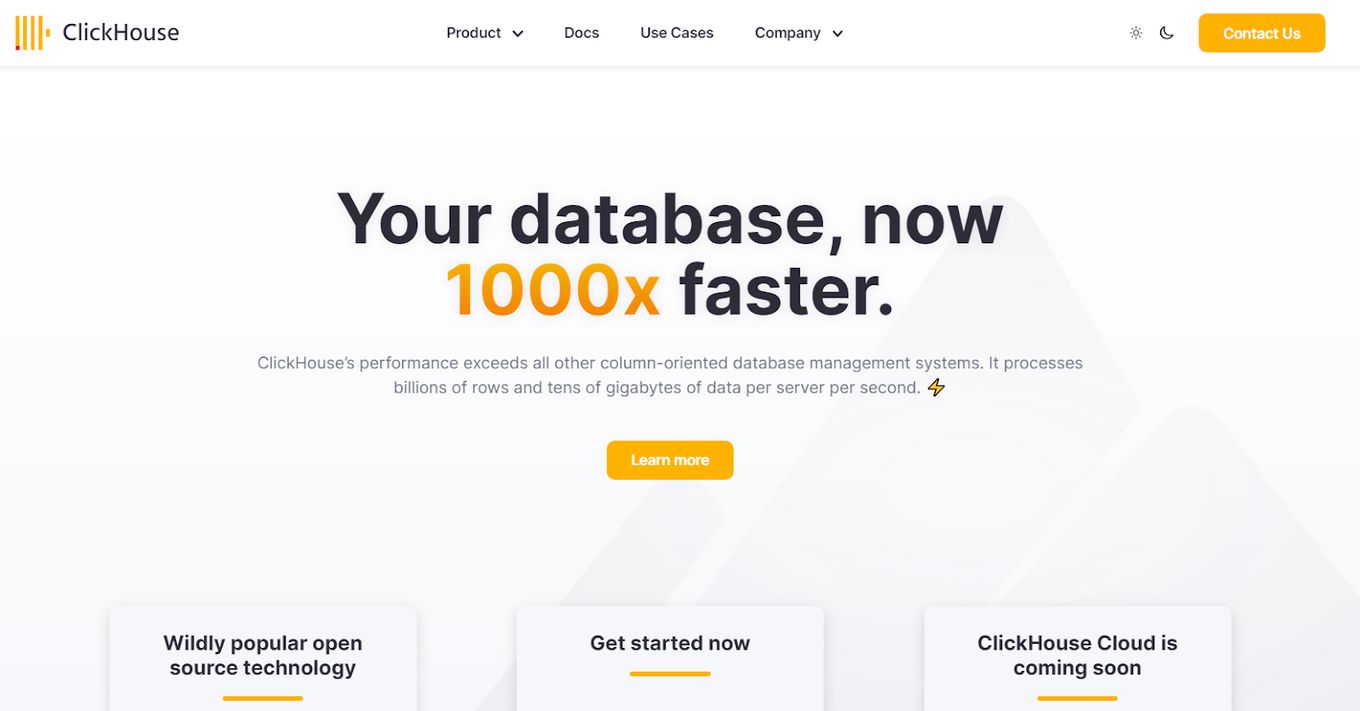
ClickHouse is one of the best open source databases. It is used for Online Analytical Processing of Queries (OLAP). Simply put, ClickHouse is designed to analyze large amounts of data.
The database is a weak transactional database but can process billions of rows of data per second. ClickHouse’s processing speed is ideal for analytic workloads such as trend analysis and financial reporting.
Features
- It’s a column-oriented database. ClickHouse supports constant-length values to avoid adding other information.
- It comes with tiered storage to allow the storage and processing of petabytes of raw data.
- You get data compression. Depending on the workload and hardware capabilities, you could choose between ZSTD and LZ4.
- There is fault tolerance. ClickHouse runs on asynchronous multi-master replication where data is written to each available replica and later distributed to the other replicas. Replication is essential to safeguard data if a server or hardware crash occurs.
- It provides linear scalability by allowing additional servers, which in turn helps extend clusters.
2. Microsoft SQL server
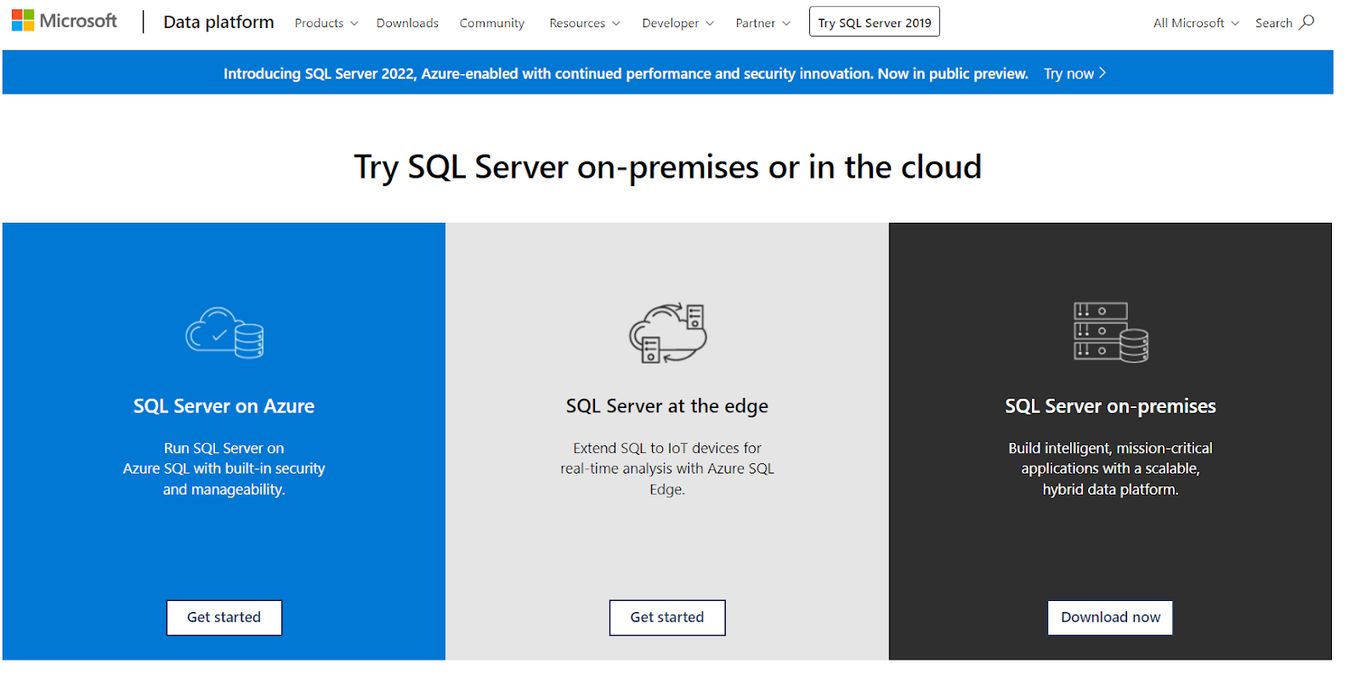
Microsoft SQL Server is among the best open source databases. The DB is an RDMS created by Microsoft that stores and retrieves data upon request by other applications on a single computer or another device across the network.
If you use a Mac and you are looking for a local Database, you have to check the best database software For Mac.
Microsoft released the latest DB version in 2019 and has incorporated multiple editions customized to fit specific audiences. The different editions can handle a range of workloads, from small single-device applications to large applications with concurrent users.
Features
While Microsoft SQL Server editions may vary, they all revolve around the same features. These features are:
- Replication
- Programmability
- Development tools
- Location and spatial services
- Manageability
- Management tools
3. MongoDB
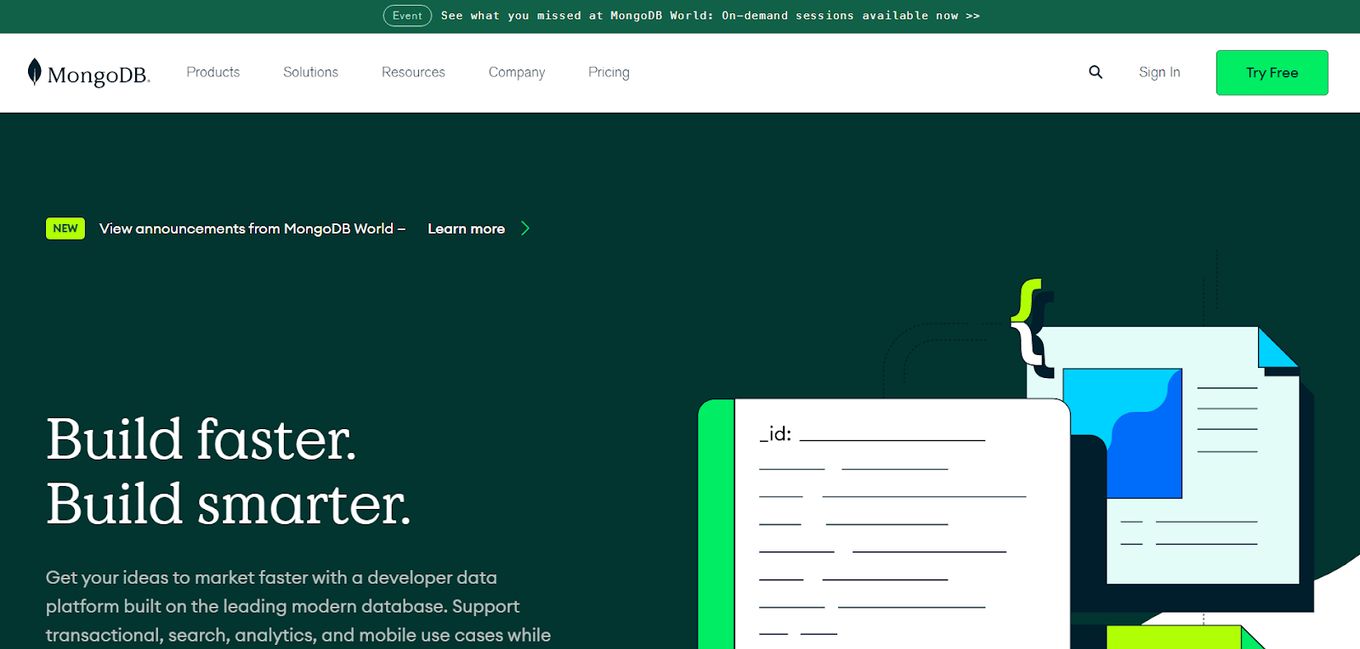
MongoDB is a non-relational database that uses JSON-like documents, unlike other platforms that use rows and tables. The DBMS is one of the most advanced and flexible cloud-based databases, with superior data mobility and distribution across Google Cloud, Azure, and AWS.
MongoDB’s design is ideal for enterprise data warehousing and content management systems because of its built-in automation that ensures workload and resource optimization.
Features
- Multi-server replication. MongoDB DBaaS allows at least three replicas increasing fault tolerance, data reliability, and availability.
- Sharding. This feature is handled by mongos, a dedicated lightweight process, to allow data distribution to make query execution easier. Sharding is essential to create a zero downtime environment when growing an application with millions of users.
- SCRAM is a security feature used by MongoDB to avoid illegal access.
4. Redis
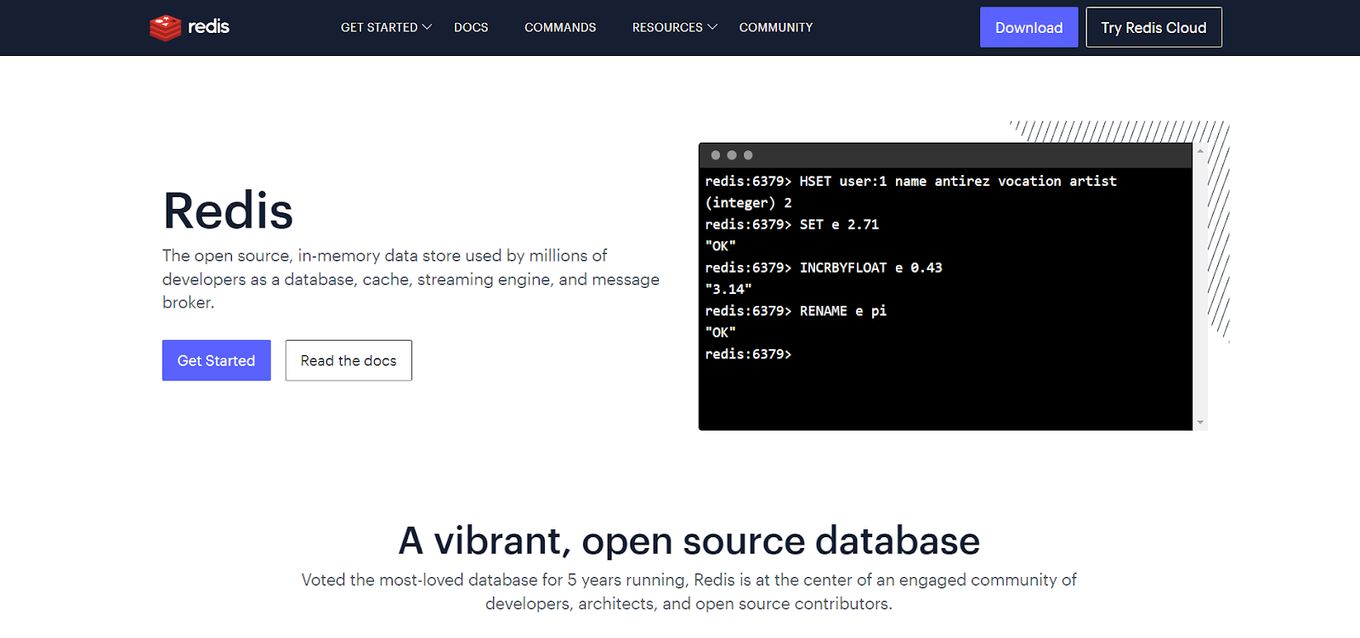
Redis is an in-memory data store created by Salvatore Sanfillipo for the developers’ community. The software can be used as a cache, database, message broker, or streaming engine.
The data store has a sub-millisecond response time, ideal for real-time applications in industries like healthcare and gaming. Besides its processing power, Redis is also popular for its scalability and ease-of-use layout.
Features
- Module API to allow custom Extensions on the data store in Rust, C++, and C
- Eviction policies allow you to choose how the database evicts data once the storage reaches its limit.
- Database metrics. For instance, Redis performance metrics can pinpoint DB health and identify user patterns. Unusual use patterns might indicate a security breach or application bug.
5. Couchbase
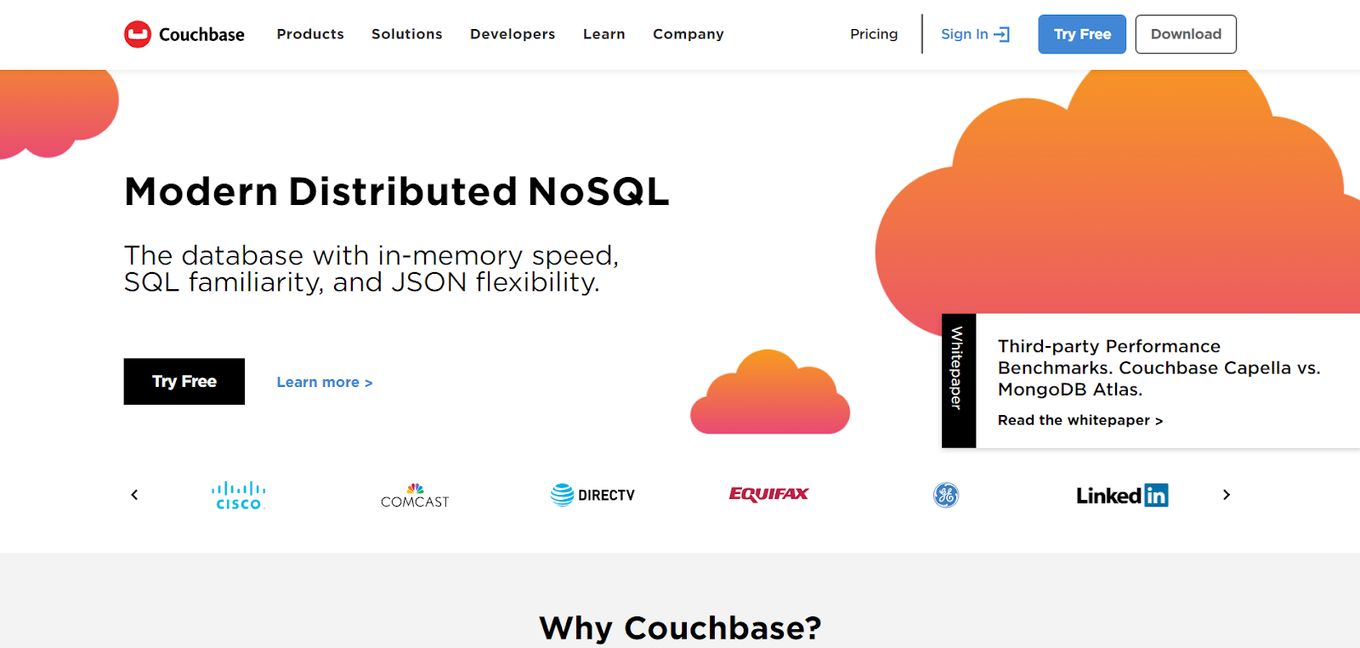
Couchbase is a world-leading distributed database that delivers unprecedented scalability and versatility to organizations. The DB combines the pros of relational DBMSs, including distributed ACID transactions and SQL.
Couchbase is designed to divide its processing power when running large-scale high-performance operations, so it only sacrifices CPU performance when making transactions.
The design choice ensures that Couchbase remains a reliable data storage while also handling other operations, including SQL queries in milliseconds.
Features
- Distributed streaming design to avoid points of failure. In turn, the lack of points of failure enables resource fencing, elastic scaling, and data replication.
- Full SQL programmability for efficient query processing
- Asynchronous, geo-aware, and masterless clustering to help with data recovery in the event of a server crash
- Cloud-to-edge architecture and native replication to deliver the best UX through improved security.
6. PostgreSQL
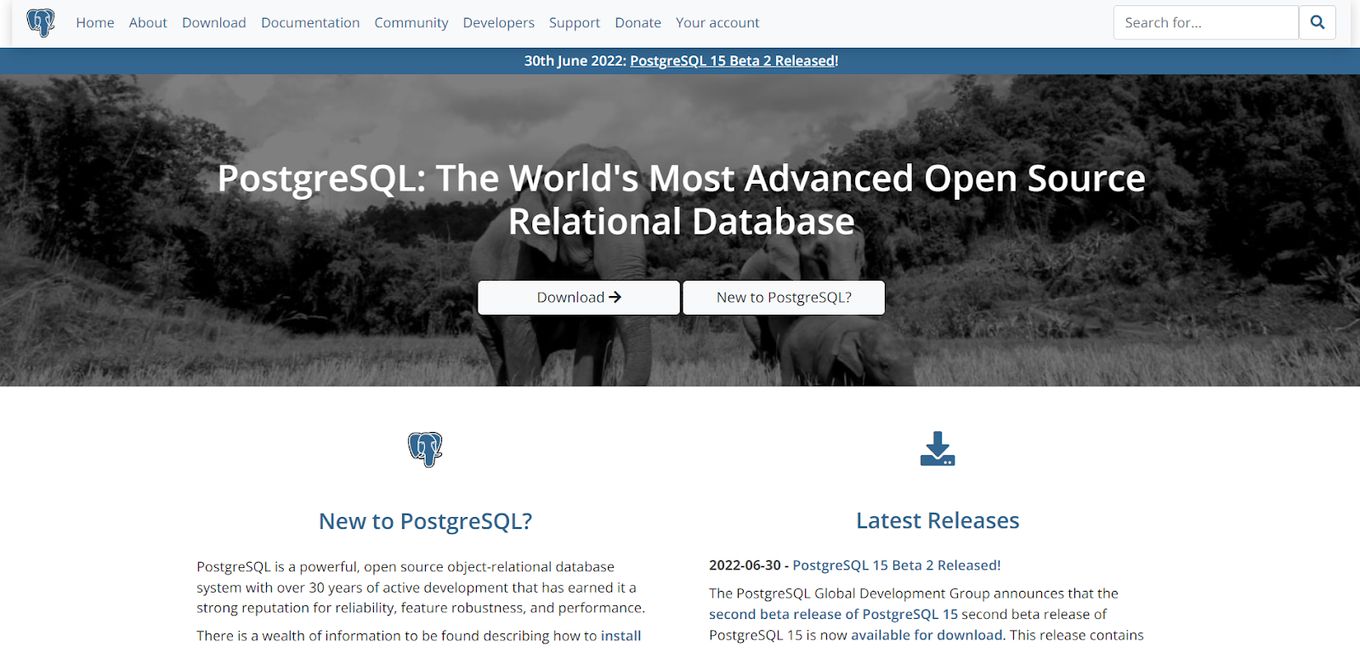
PostgreSQL is an object-relation database management system known for its performance, reliability, and robustness.
Unlike contemporary relational DBs like MariaDB, PostgreSQL houses additional features, including function overloading and table inheritance, since the DB supports the data object concept.
Related article: Best Open Source Web Browsers
For instance, in a medical-related database, the data object might be the patient.
Features
- Compatibility. PostgreSQL runs on multiple operating systems, including macOS, Linux, and Microsoft Windows. The database is also compatible with some programming languages, including C++, Java, and Python.
- The pluggable architecture allows users to install extensions to improve functionality.
- Internationalization. This means that the database’s character sets have full-text searches, case-sensitive and accent-insensitive collations, and ICU collations.
- Fault tolerance because of the write-ahead logging (WAL) mechanism.
7. SQLite
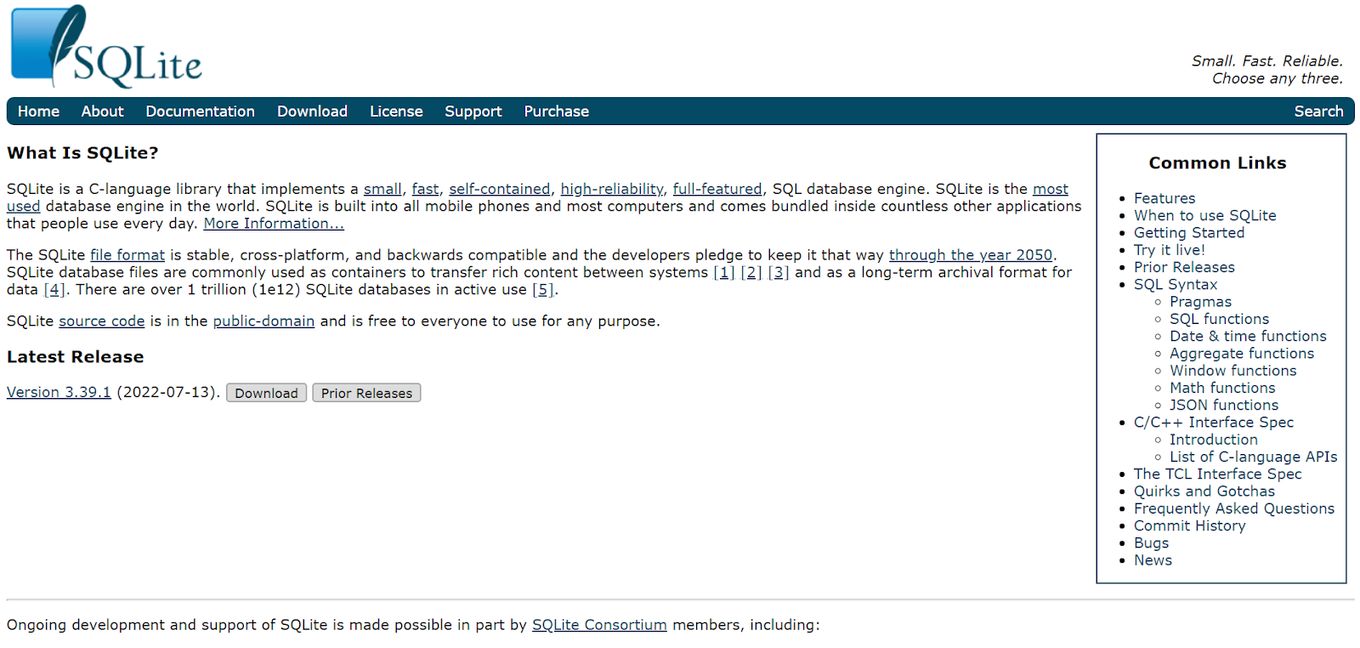
SQLite is an SQL database engine software written in the C programming language. The DB is the most used worldwide since it is used on most computers and mobile phones. SQLite is also bundled into multiple applications that are used daily.
It’s backward compatible, cross-platform, and stable, allowing it to act as a store for data and transfer data files between systems.
Features
- Small source code footprint. A fully configured code is 750Kib, which can be reduced by omitting optional features.
- Cross-platform option. The DB supports Linux, Solaris, Mac, Android, and many more.
- Full-on SQL implementation allows advanced capabilities, including JSON and partial indexes.
8. MariaDB
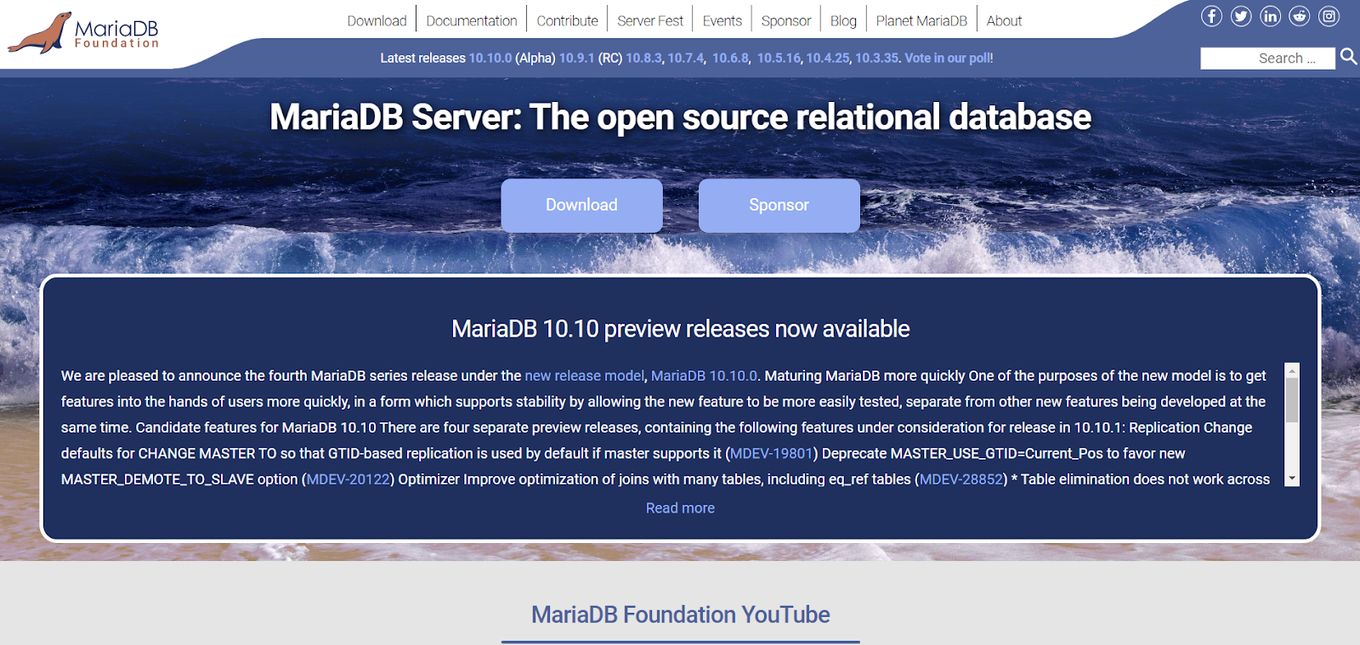
MariaDB Server is an open-source relational database that MySQL developers created. The DBMS is the default database in most Linux-powered distributions.
Related article: The Dark Side of Open Source
Its developers aim to create a database that upholds openness, stability, and performance. The DB has achieved just that with the recent addition of Galera Cluster 4, which unlocks new functionality.
MariaDB is compatible with Temporal Data Tables and Oracle Database, allowing users to query past data records.
Features
- Runs on multiple operating systems (OS) and supports different programming languages
- Uses Galera technology, which is a multi-master database clustering solution. The technology supplies the same data to different database nodes through synchronous replication.
9. TimescaleDB
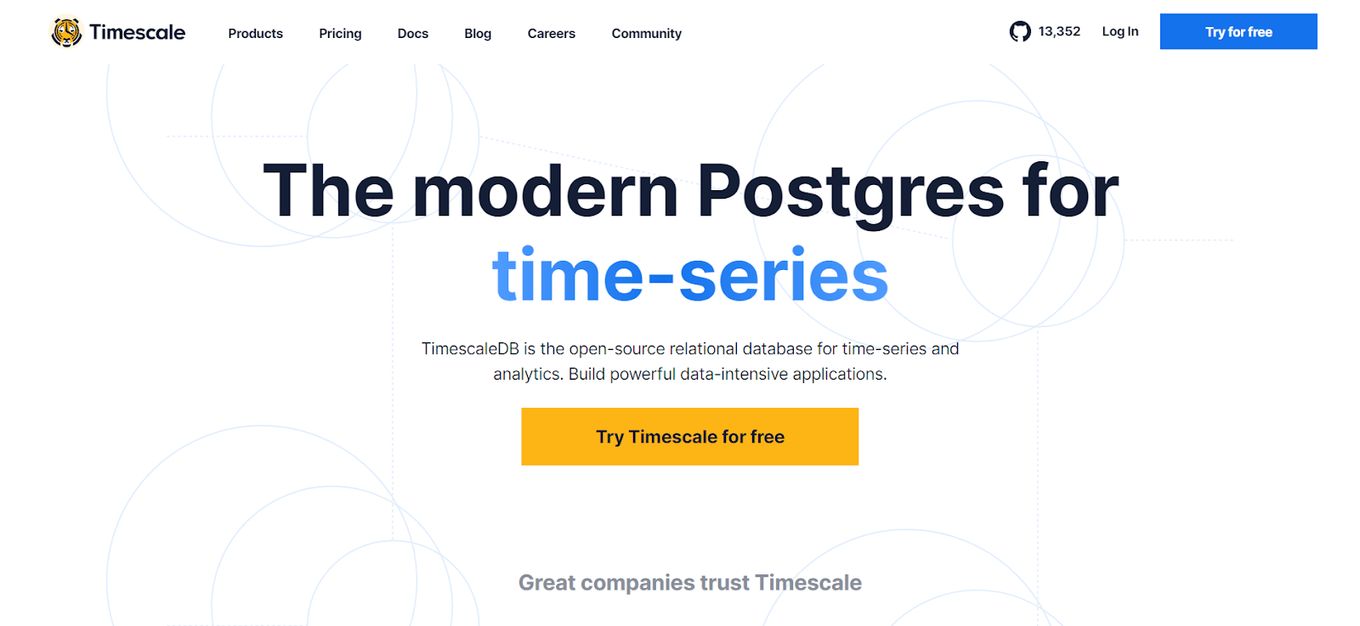
TimescaleDB is a relational database designed to analyze time-series data. While the open source database is still young, it is built on PostgreSQL, an established open source database software.
The time-series-focused DB provides SQL support, making it ideal for a user with SQL knowledge. It is also suitable for users that plan to store gigabytes of time-series data and user applications already running on the PostgreSQL code.
TimescaleDB supports SQL functionality such as subqueries, secondary indexes, and joins. It is used in different industries, including healthcare and finance.
Features
- Compatibility with PostgreSQL features, including backups and streaming replication
- Full SQL interface including window functions, Joins, and secondary indexes. TimescaleDB also supports optimization and API functions.
- Automatic chunking. TimescaleDB automatically splits data files into small pieces. This process helps the user avoid having repeating data and reduces the overall throughput over the network.
10. Neo4j Aura
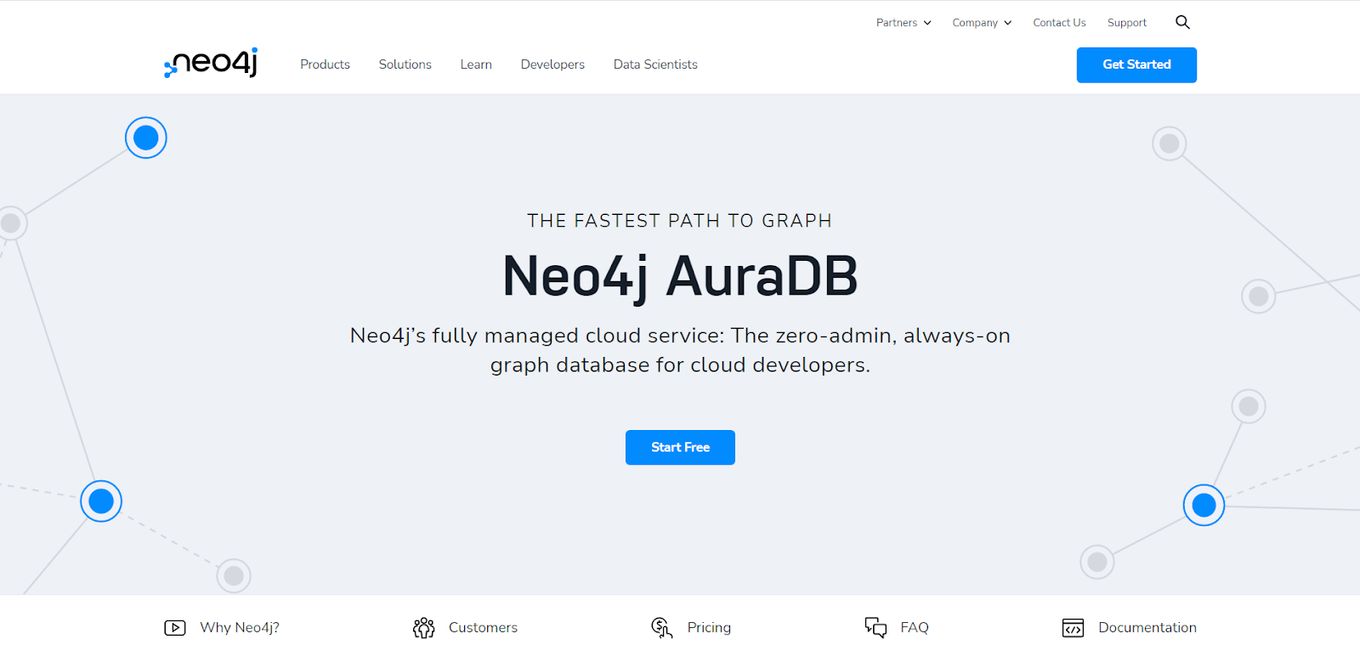
Neo4j Aura is an open-source, scalable, and automated graph database. The design allows the user to focus more on their innovation and progress than on spending time running the infrastructure.
According to its developers, Neo4j is an ACID-compliant database with native graph processing and storage capabilities.
Features
- Neo4j Data Browser, which contains a user interface to run CQL commands
- Supports Native Java API and Cypher API to develop Java-related applications.
- Syntax highlighting improves the written text’s context and readability to help programmers easily spot errors.
Why Should You Use Open-Source Database Software For Your Company?
Because open source databases can reduce costs since you will be building on established source code. Building or reimagining a company can sometimes be costly, and a business leader should always find ways to cut unnecessary costs. Note that your choice will depend on your current requirements.
If you are still not convinced, this article might help you understand why some people prefer using open source in favor of proprietary software.
How Should You Choose The Right Database For Your Business?
When choosing a database for your business, there are several points you’ll want to look at to ensure that it’s the right fit. For instance:
- The degree of freedom and the cost. Will you freely download, reuse, or modify the database, or will you have to pay some subscription-like payments?
- Maturity of the database. Let’s face it. The older the DB, the higher the chances it is fitted with many upgrades and solutions to cater to different client needs.
- Amount of support. Some databases will be trickier to users than others, leading to differences in traffic. Despite being cost-friendly, check out user reviews and rankings of different DBs before committing to one.
Note that there are many more ways to choose a database for your business today, but these three should be among the top reasons to choose a database.
Open Source Databases: The Perfect Alternative
Open-source databases are cheaper than commercial databases, managed by full-time teams. Unlike commercial databases with fixed codes, users are free to download, reuse, and modify the source code to suit their needs.
Various open source DBs are available in different categories, including non-relational and relational. The differences make these databases ideal for use in different industries and instances.
![13+ Best Database Software For Mac [Reviewed & Ranked] mac database software share](https://alvarotrigo.com/blog/wp-content/uploads/2023/08/mac-database-software-share-300x150.png)
![TablePlus Pros & Cons [Honest Review 2024] tableplus review share](https://alvarotrigo.com/blog/wp-content/uploads/2023/08/tableplus-review-share-300x150.png)
![Open Source: The Dark Side [And how I escaped it] open source dark side share](https://alvarotrigo.com/blog/wp-content/uploads/2023/08/open-source-dark-side-share-300x150.png)
![30+ Best Church Website Templates [WordPress & HTML] church website templates share](https://alvarotrigo.com/blog/wp-content/uploads/2023/08/church-website-templates-share-300x150.png)
![15 Best Portfolio Website Builders in 2024 [Reviewed & Ranked] portfolio website builders share](https://alvarotrigo.com/blog/wp-content/uploads/2023/08/portfolio-website-builders-share-300x150.png)
![11 Best Open Source Web Browsers [Must-Know Alternatives] open source web browsers share](https://alvarotrigo.com/blog/wp-content/uploads/2023/08/open-source-web-browsers-share-300x150.png)